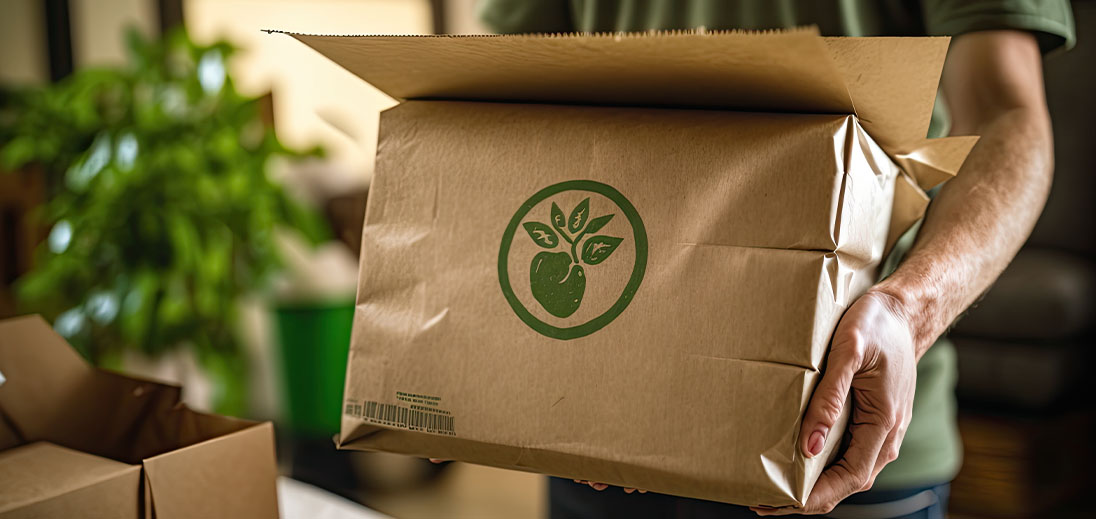In today’s environmentally conscious world, zero waste label printing is becoming a crucial component for businesses striving to reduce their environmental footprint. This innovative approach not only benefits the planet but also enhances a company’s reputation and bottom line. By adopting sustainable printing practices, businesses can align themselves with eco-friendly values and appeal to a growing consumer base concerned about their environmental impact.

The Importance of Zero Waste Label Printing
The growing demand for sustainable solutions has led many companies to explore zero waste label printing as a viable option. By minimizing waste and utilizing eco-friendly materials, businesses can significantly reduce their carbon footprint. This approach not only helps the environment but also promotes a positive brand image among consumers who prioritize sustainability.
Understanding Zero Waste Label Printing
Zero waste label printing involves the use of sustainable materials and processes to produce labels that generate minimal waste. This can include using recycled paper, biodegradable inks, and energy-efficient printing methods. These practices help to reduce the environmental impact of label production and contribute to a more sustainable future.
Key Benefits of Zero Waste Label Printing
- Environmental Impact Reduction: By using sustainable materials and processes, businesses can significantly decrease their carbon footprint.
- Cost Savings: Eco-friendly materials and efficient processes often lead to reduced production costs over time.
- Brand Enhancement: Demonstrating a commitment to sustainability can enhance a brand’s image and attract eco-conscious consumers.
Steps to Implement Zero Waste Label Printing
1. Assess Current Practices
Begin by evaluating your current printing processes to identify areas where waste can be minimized. This might involve analyzing the materials used and the efficiency of your printing equipment.
2. Choose Sustainable Materials
Select materials that are recycled or sustainably sourced. For example, opt for paper that is FSC certified and use soy-based or water-based inks. These choices can make a significant difference in reducing environmental impact.
3. Optimize Printing Processes
Invest in energy-efficient printing technology and streamline processes to minimize waste. Implementing digital printing solutions can result in less material usage and lower energy consumption.
4. Collaborate with Eco-Conscious Partners
Work with suppliers and partners who share your commitment to sustainability. This collaboration can lead to innovative solutions and shared best practices.
Challenges in Zero Waste Label Printing
While the benefits are clear, there are challenges to implementing zero waste label printing. These can include the initial cost of upgrading equipment and sourcing sustainable materials. However, the long-term benefits often outweigh these initial investments.
Overcoming Barriers
To overcome these challenges, businesses can start small by gradually integrating sustainable practices. Seeking advice from experts and participating in sustainability programs can also provide valuable insights and support.
Success Stories
Many businesses have successfully implemented zero waste label printing. For instance, companies like Patagonia and Lush have embraced sustainable printing practices, resulting in positive brand recognition and customer loyalty.
Future of Zero Waste Label Printing
As technology advances and consumer demand for sustainability grows, zero waste label printing will likely become the norm. Businesses that adopt these practices early on will be well-positioned to lead in the green economy.
Conclusion
Incorporating zero waste label printing into your business strategy not only benefits the environment but also offers numerous advantages for your brand. By taking steps towards sustainability, businesses can build a loyal customer base and secure a competitive edge in the market.

FAQs
1. What materials are used in zero waste label printing?
Sustainable materials such as recycled paper, biodegradable inks, and FSC-certified products are commonly used in zero waste label printing.
2. How can zero waste label printing benefit a business financially?
While the initial investment may be higher, zero waste label printing often leads to long-term cost savings through reduced material and energy usage.
3. Are there any certifications for zero waste label printing?
Certain certifications, such as FSC and ISO 14001, indicate that a company adheres to sustainable printing practices.
For more information on sustainable printing, visit NYU’s guide on sustainable printing.
This article contains affiliate links. We may earn a commission at no extra cost to you.







